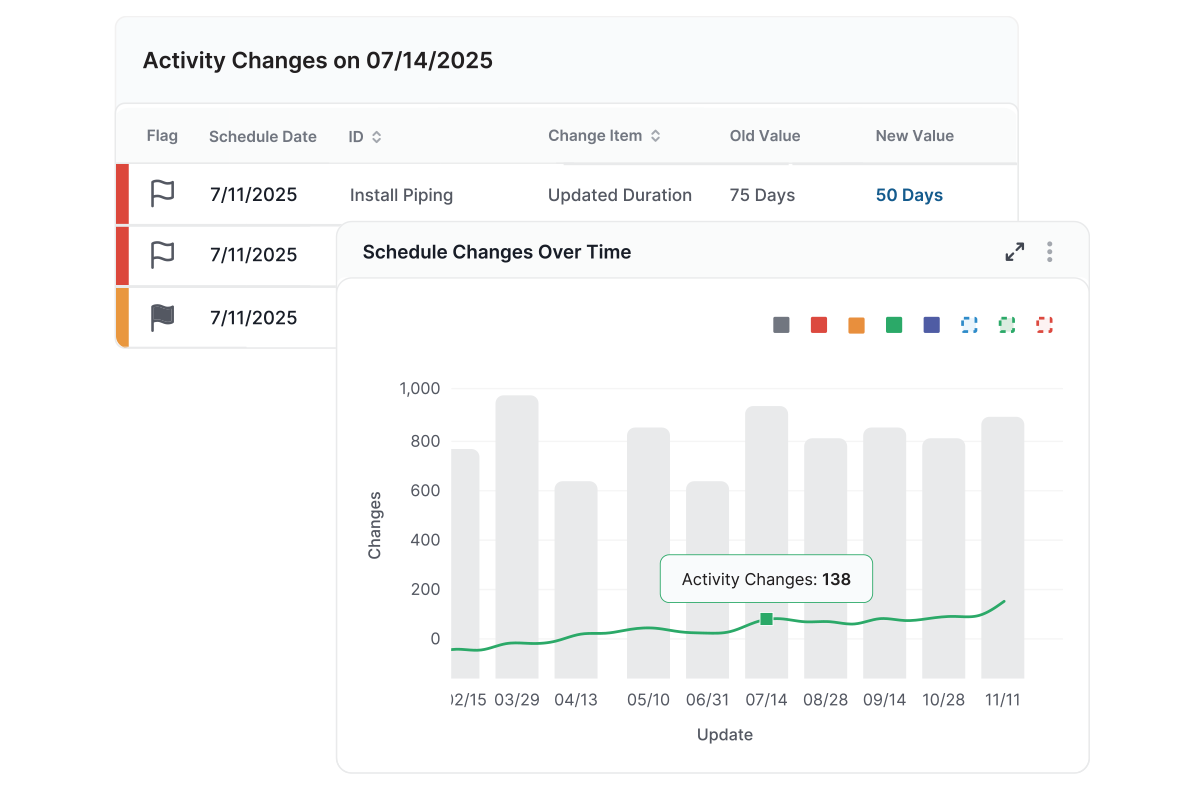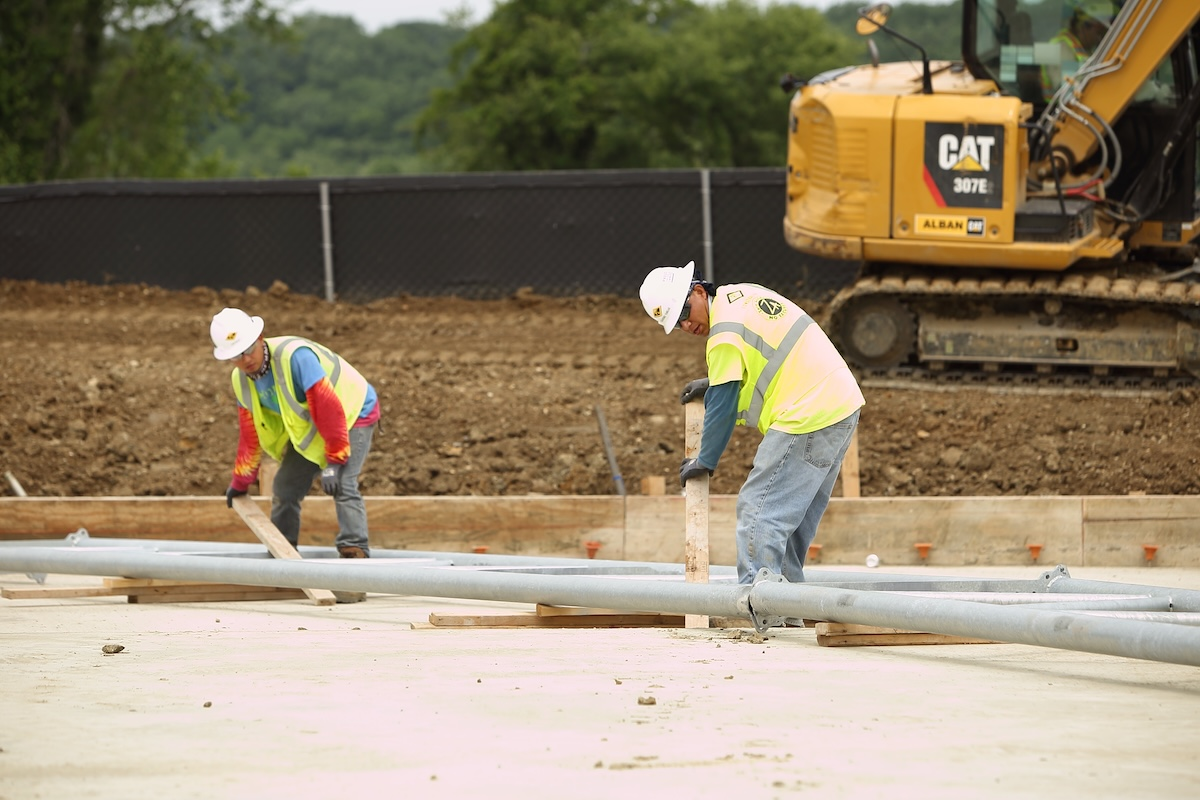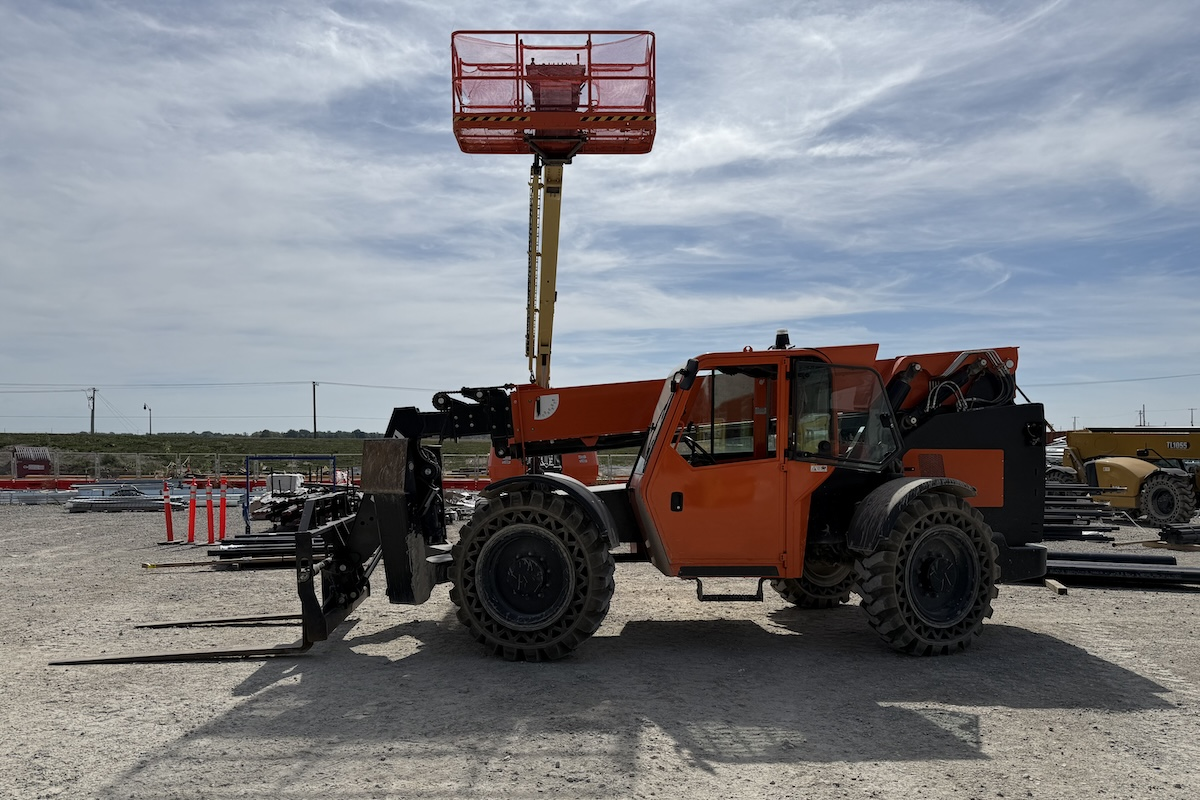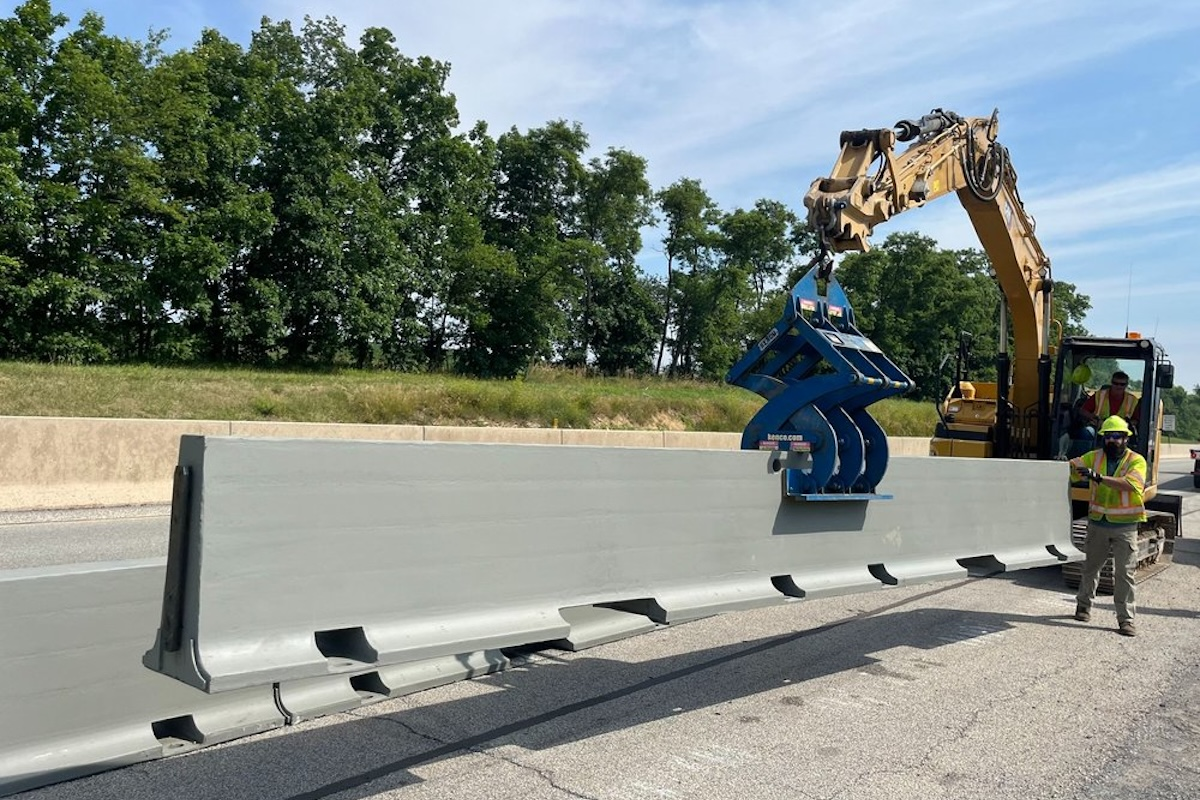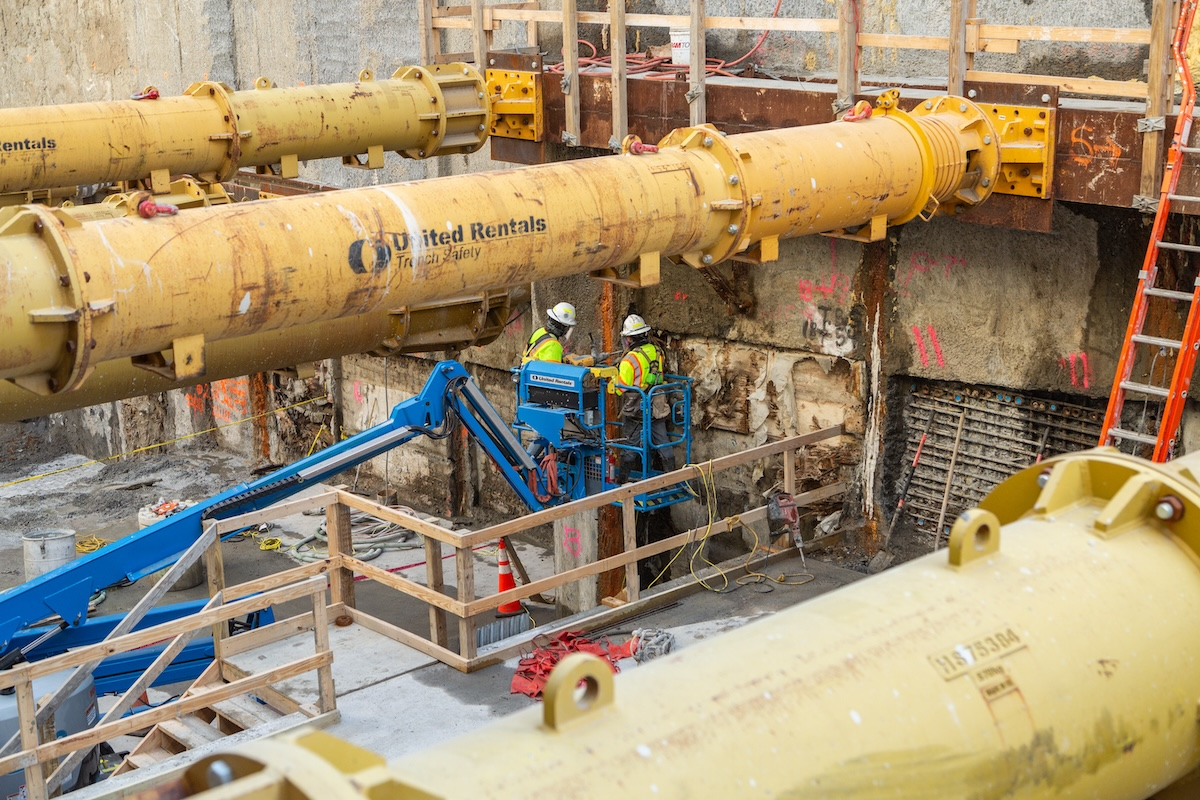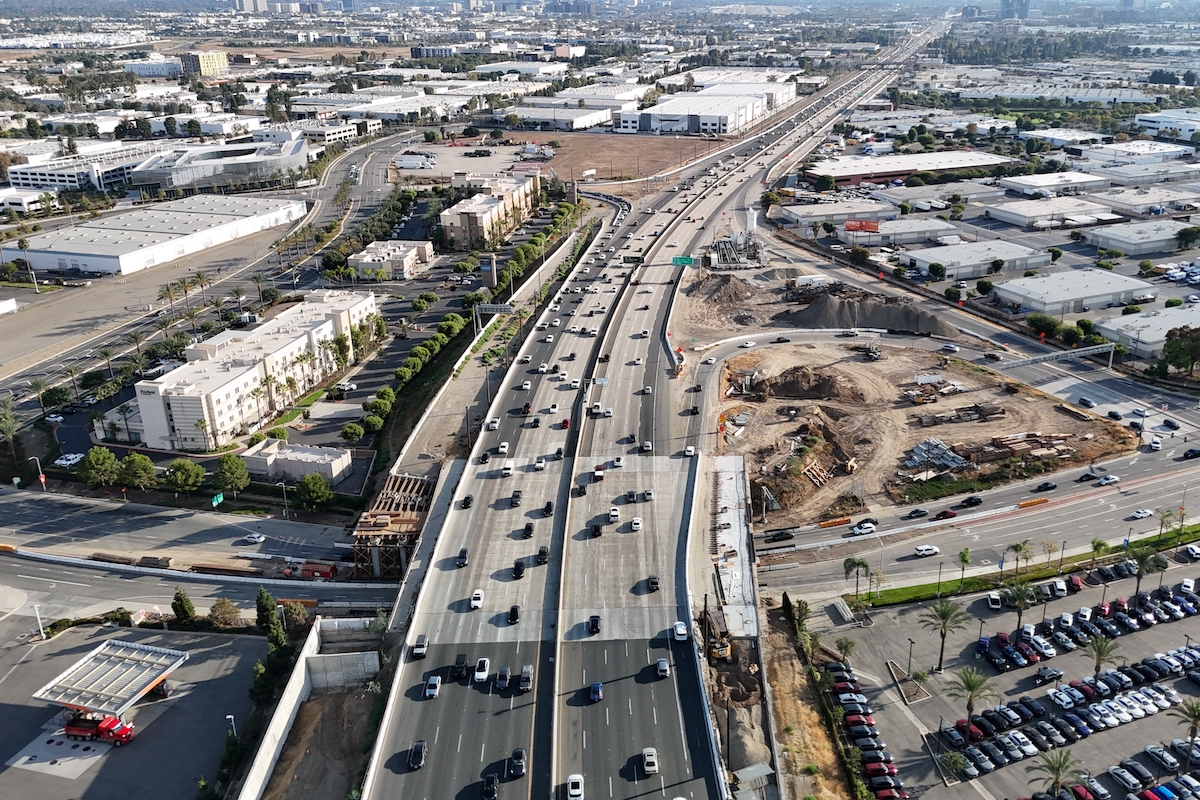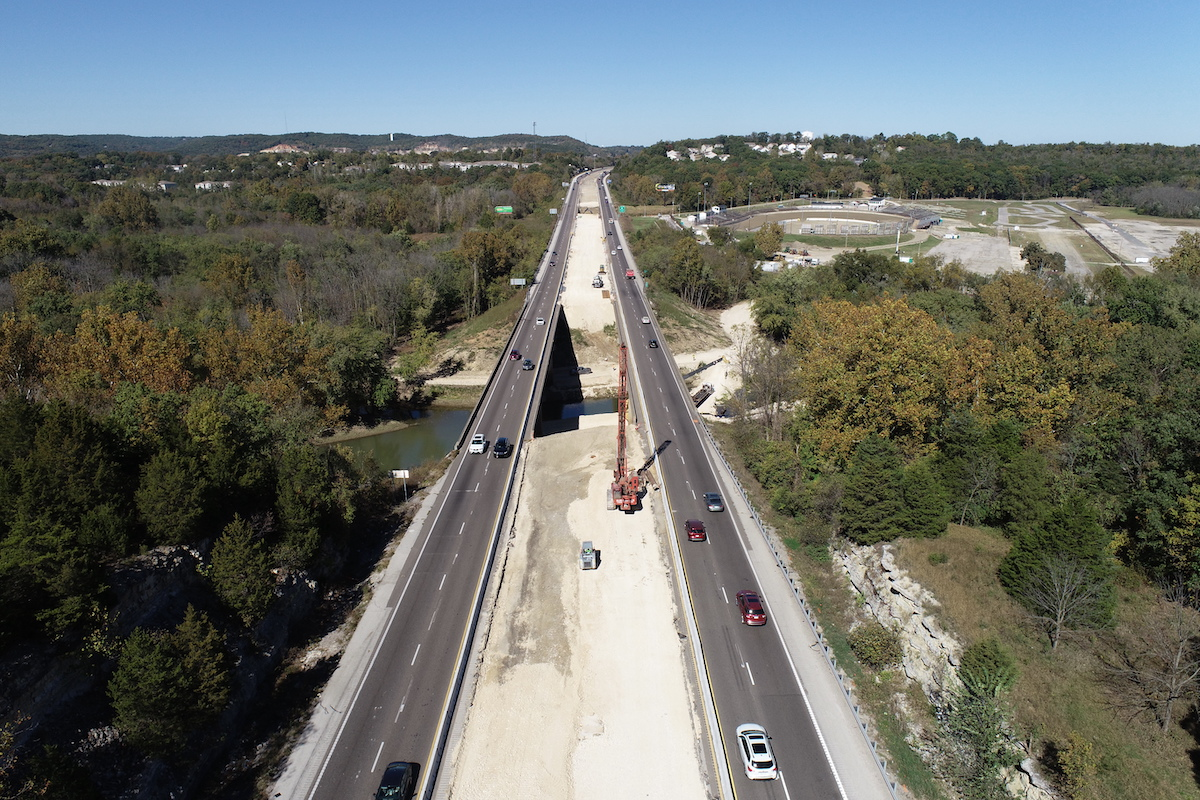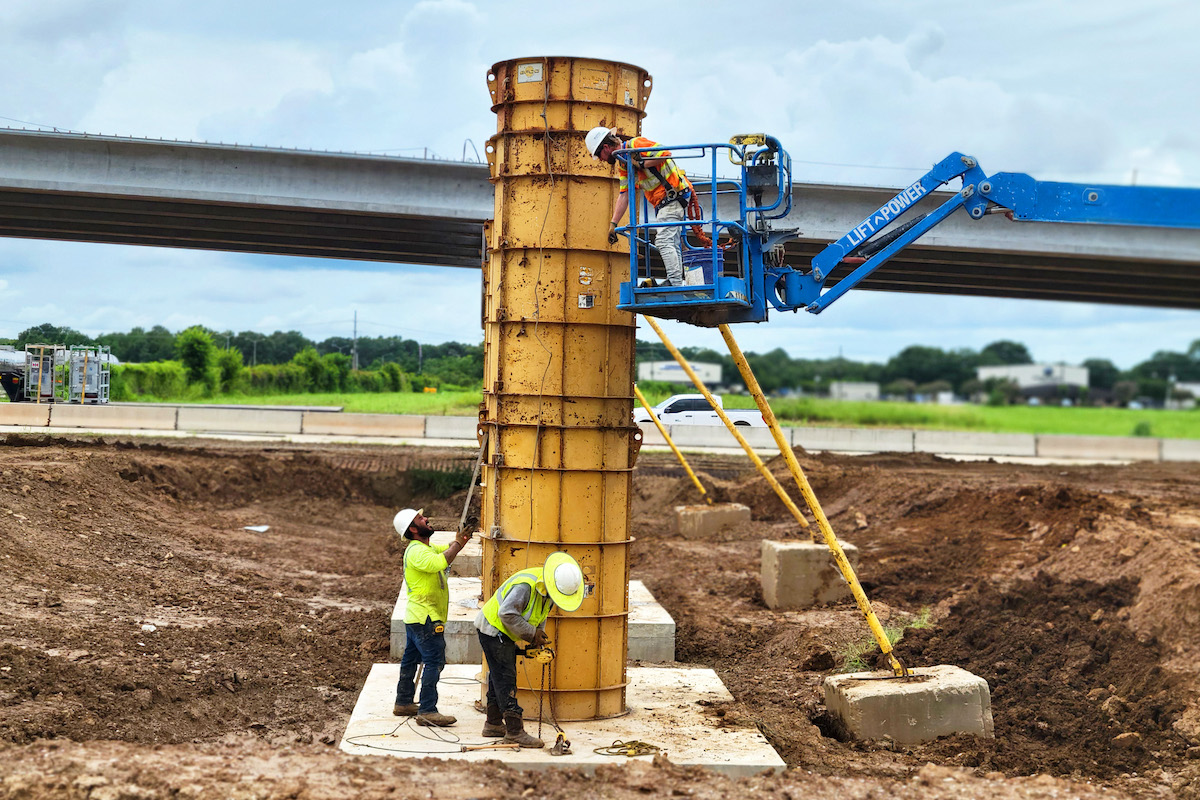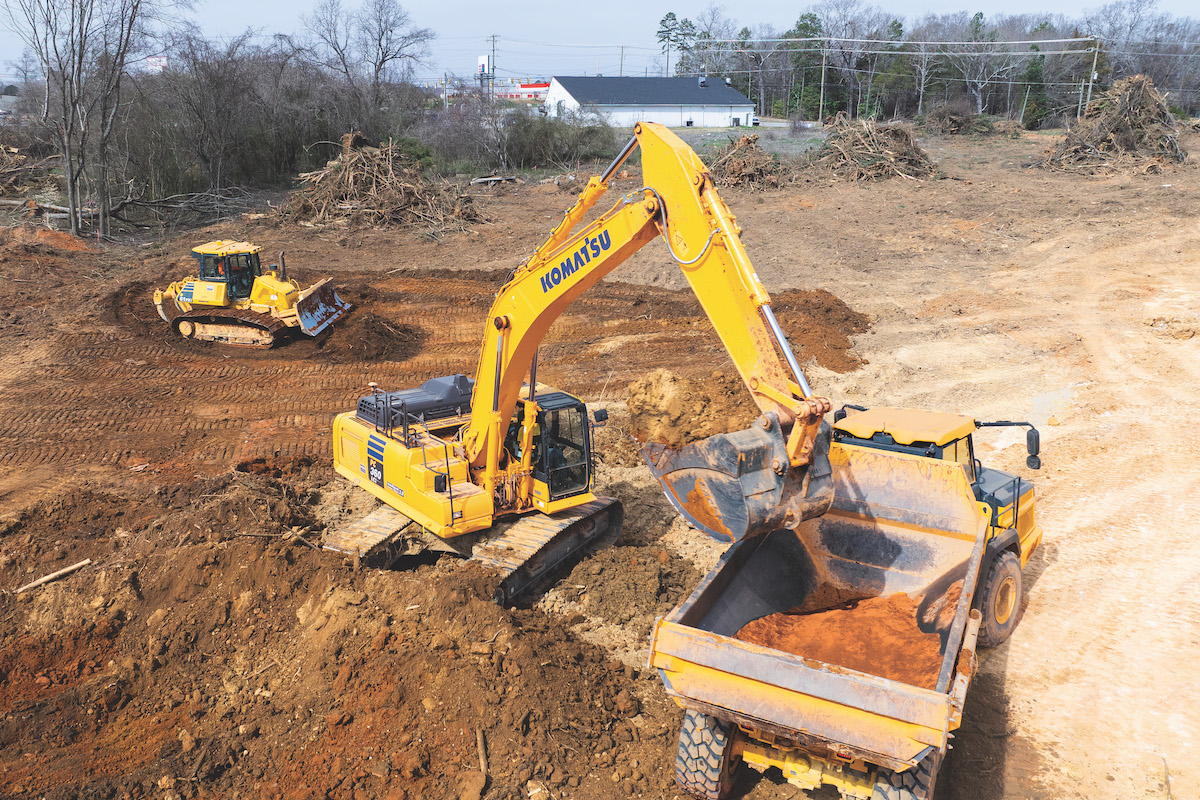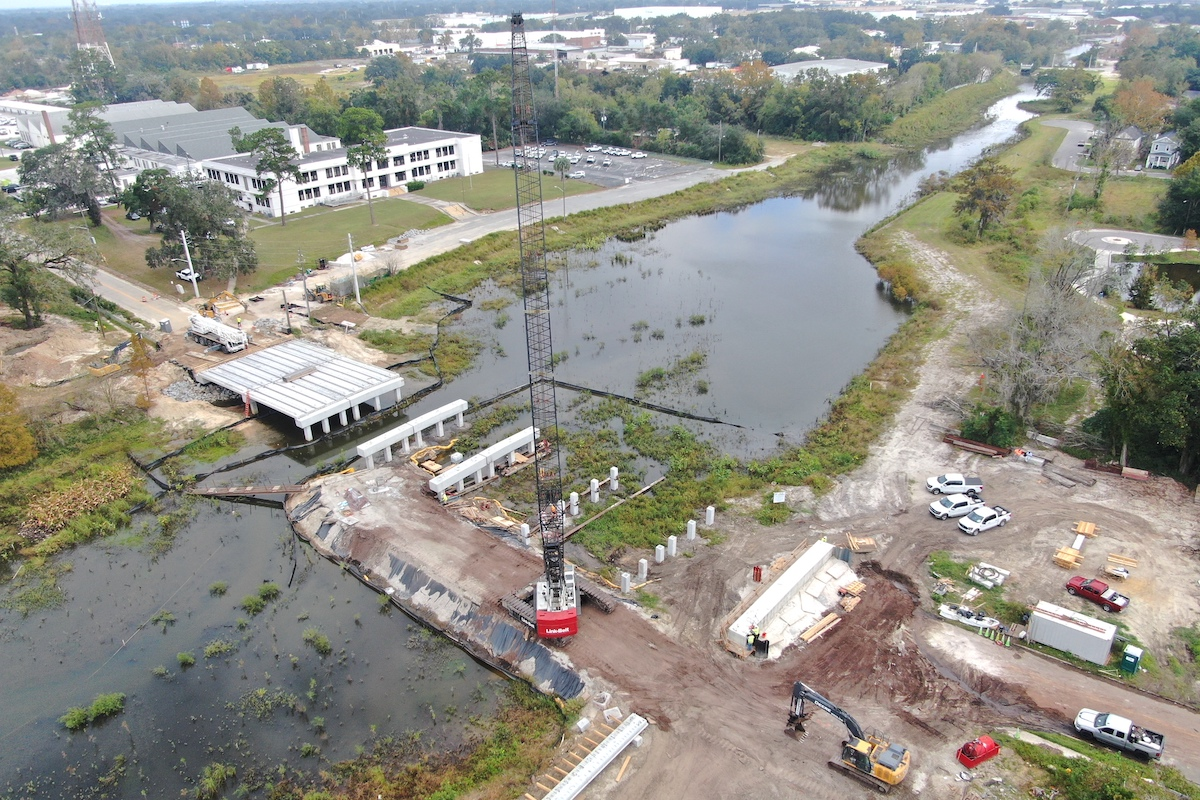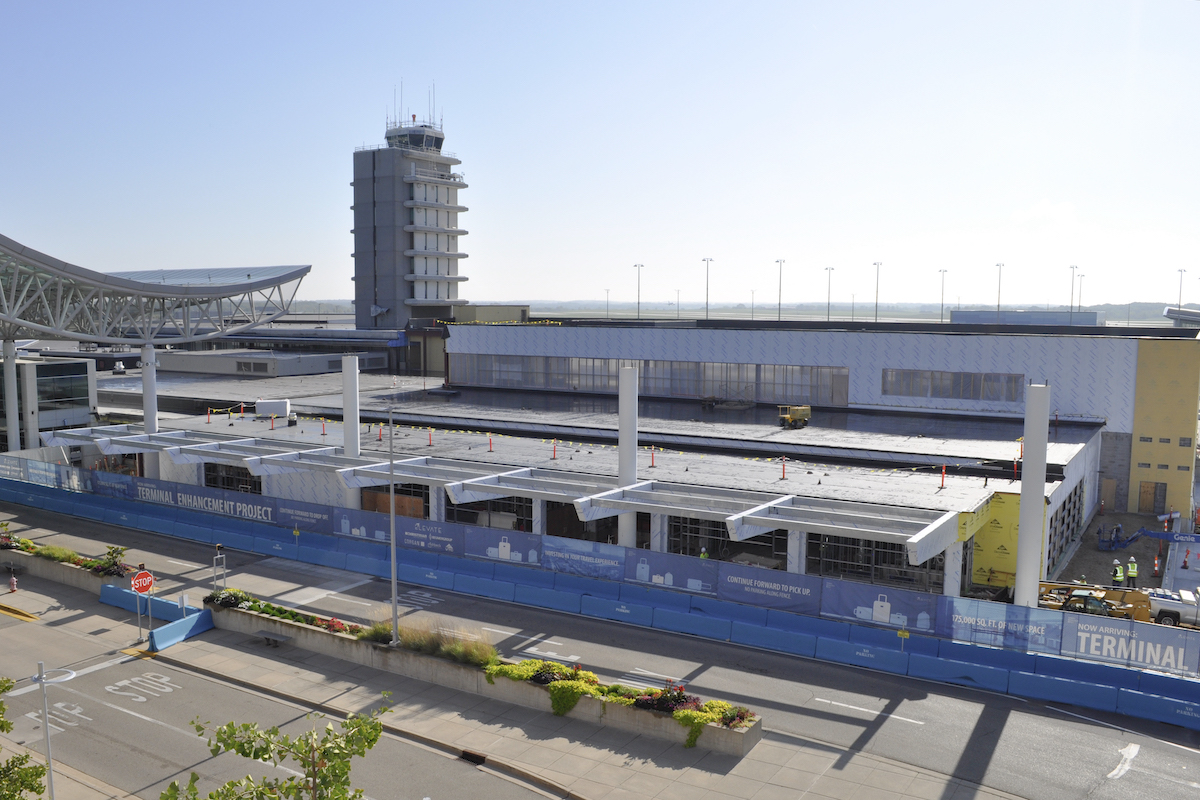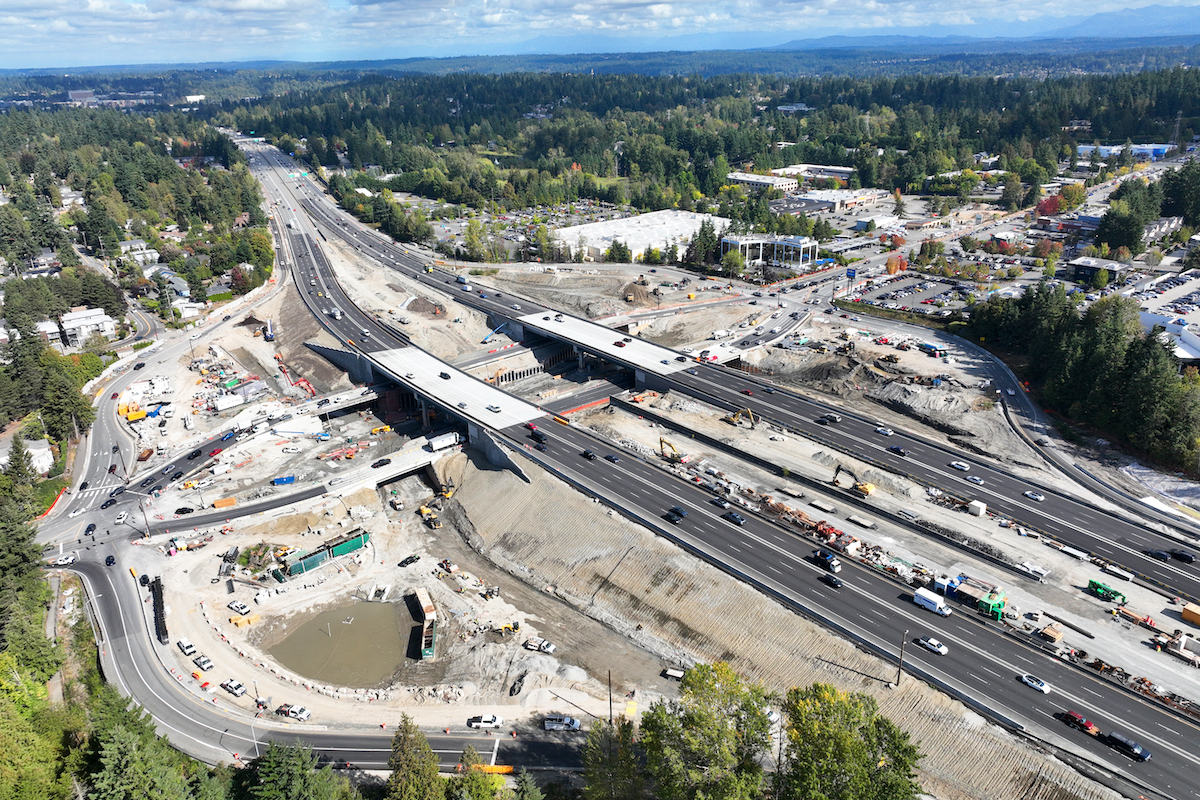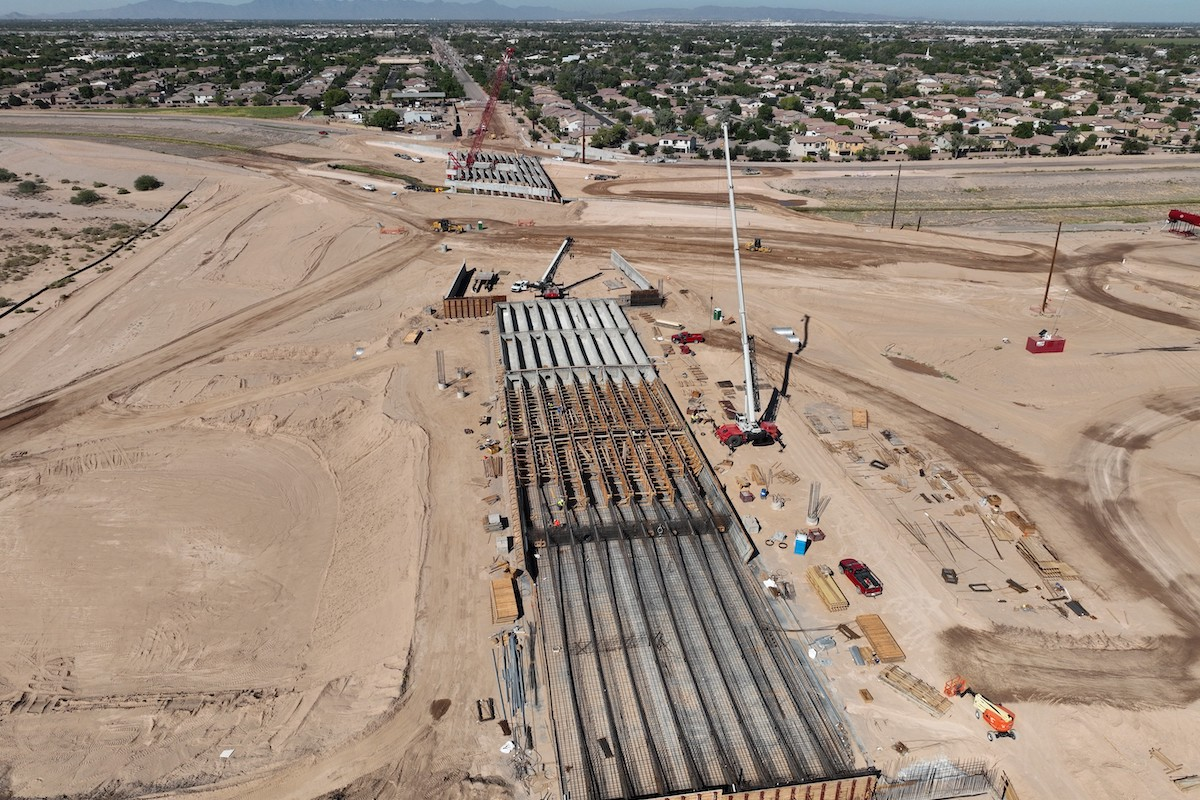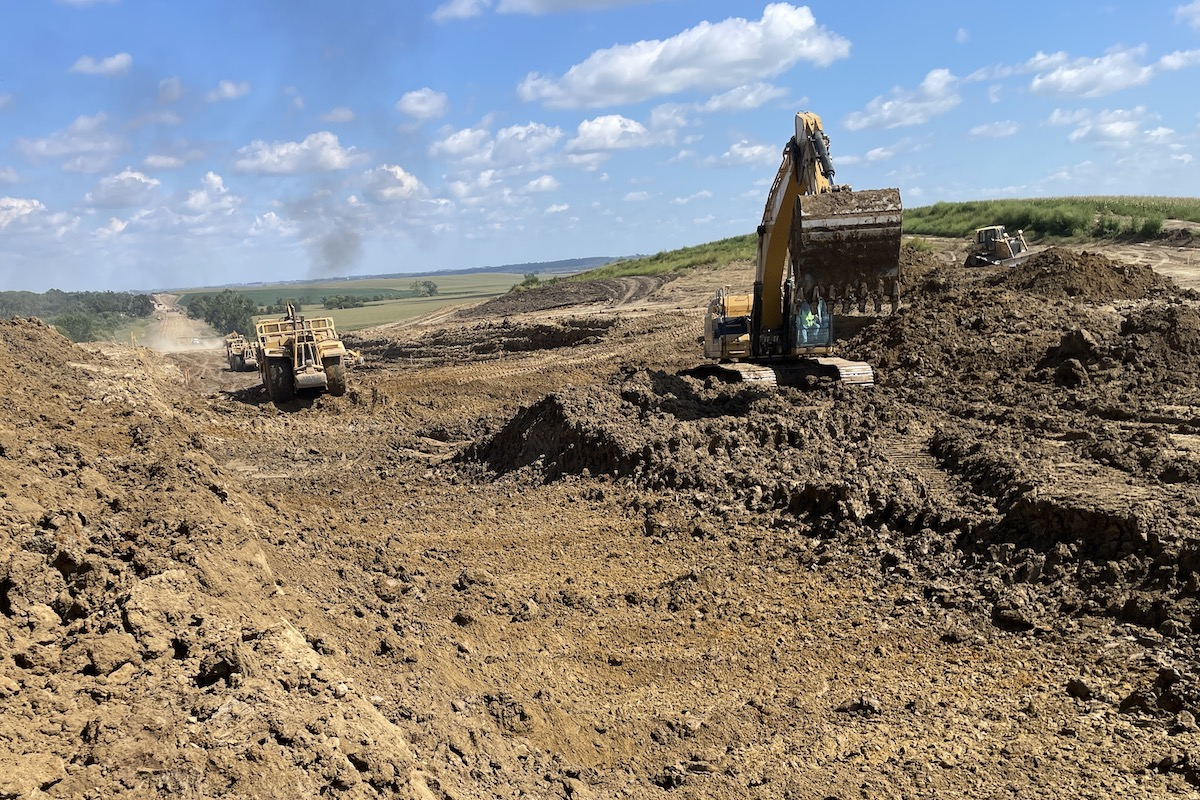Two bridges destroyed by Hurricane Helene’s unprecedented flooding reopened a month early to restore connectivity between the Greeneville, Jonesborough, and Erwin communities in eastern Tennessee.
In September 2024, Hurricane Helene barreled through the Appalachians, bringing a storm intensity unusual to the mountainous region. The Category 4’s tropical remnants combined with a partially stalled frontal system brought catastrophic rainfall, along with severe damage and flooding, cutting entire communities off from essential resources.
Fed by runoff from extreme rainfall in the Appalachian Mountains of western North Carolina, the Nolichucky River destroyed multiple bridges and properties by its staggering floodwaters.
“A strong and slow-moving frontal system that produced a lot of rainfall merged with Helene as it tracked north into our area. This created a funnel of moisture from the Gulf and Atlantic that added even more rainfall over a short time period, approximately four days,” said Andrew Joyner, Ph.D., Associate Professor of Geosciences at East Tennessee State University.
According to Joyner, the hurricane pushed the flow rate of the Nolichucky River to an unprecedented 84,000 cubic feet per second, over twice that of Niagara Falls. The surge destroyed infrastructure and exposed the limits of flood mitigation in East Tennessee.
The Sgt. Elbert Kinser Bridge (State Route 107) was completely destroyed due to the significant flooding. Similarly, the Alfred Taylor Bridge (State Route 81) also suffered catastrophic damage due to the hurricane.
“The SR 107 and SR 81 bridges were among several structures destroyed by Hurricane Helene,” said Mike Svoboda, Project Manager with Kiewit Infrastructure South Co. “These bridges are vital for connecting the local community to essential resources.”
The Tennessee Department of Transportation (TDOT) awarded the state’s first progressive design-build (PDB) contract to expedite the reconstruction of the two bridges.
The $57 million contract’s construction phase was awarded to Kiewit Infrastructure South Co. of Brentwood, Tennessee, for rebuilding the SR 81 bridge in Washington County, as well as the SR 107 bridge in Greene County.
“To date, TDOT has received $102 million from the federal government,” said Mark Nagi, Regional Communications Officer at TDOT in East Tennessee. “We have requested an additional $178 million. The overall need for Helene repairs across East Tennessee is $510 million.”
The PDB approach, which uses a design-build team (contractor and designer) early in project development, is an innovative way to harness collaboration between teams, speeding up the project by overlapping concurrent activities, improving both risk management and cost control.
“The passage of the Transportation Modernization Act by the Tennessee State Legislature a couple of years ago made the progressive design-build approach possible,” Nagi said.
“TDOT’s use of this method also allows for collaboration throughout the entire process among the client, designer, subcontractors, and contractor to develop a design and delivery plan that leverages the team's strengths to deliver the project as quickly as possible,” Svoboda said.
“For instance, as the design established the bridge concept, construction began installing the temporary access in the river; as the foundation design was finalized, construction started on the installation of the 20 drilled shaft foundations,” Svoboda added. “This process repeated until the design was finalized in February of 2025.”
The new bridge design follows TDOT’s standard guidelines, however, the speed with which it was completed made the project particularly noteworthy.
“When these bridges washed out, there were no plans for replacement, so there was no concept or geotechnical information available,” Svoboda said. “The design team was able to deliver a package that allowed us to begin substructure work in less than two months.”
“If traditional methods had been applied to designing and constructing these structures, the duration would have been at least two years,” he added.
Through the use of the alternative delivery process, the project was designed and constructed just shy of eight months, one month ahead of schedule.
In addition to the design and construction progressing as quickly as possible, numerous local subcontractors and material suppliers also worked in this just-in-time fashion to provide materials and services to the project.
According to Svoboda, the project began mobilizing personnel and equipment in early October to simultaneously design the new bridges and initiate preliminary construction activities.
“In order to proceed at this speed, the team had to remove the typical limitations of construction from consideration,” Svoboda said. “Extreme winter weather, highly variable river levels, labor demands, and equipment resources could not hinder the project.”
The team worked with TDOT’s inspection and testing teams to develop cold weather plans and methods to protect the work.
“The temporary access was designed to address fluctuating river levels, and craftsmen and equipment were brought in from across the region to support a work schedule of seven days a week for the majority of the project.”
In a traditional delivery project, work is typically temporarily stopped or limited during high water occurrences. In this case, the schedule would not support intermittent work periods.
“The timing of establishing construction access influenced the decision to use temporary causeways as a solution,” Svoboda said.
These causeways were built with rock, placed in the river at an elevation that permitted safe work amidst river fluctuations. The rock material was readily available from local sources and could also be utilized in the permanent design for embankments and additional slope armoring.
From the causeway, the team drilled shafts, constructed columns, pier caps, and ultimately set girders.
With the depths and dimensions of the shafts, Kiewit used three large drill rigs to meet the aggressive schedule: two Bauer BG45s and one Liebherr LB36. Due to the span of the girders and weights, the team also used large cranes for the girder sets, including a Liebherr LR1500 550-ton Lattice Boom Crawler Crane at SR 107 and a Liebherr LR1300 Crawler Crane at SR 81.
“By designing the causeway to an elevation based on historical river flows, we were able to continue work throughout the spring months as river levels fluctuated,” Svoboda said.
The causeway was constructed to accommodate normal high-water events, but the team did encounter some early extreme conditions that washed out parts of the causeway, resulting in challenges and delays at the beginning of the project.
“However, we began tracking river elevations daily, and as the project progressed, we became better at predicting any rises,” Svoboda said. “This helped ensure we could plan our work accordingly and, more importantly, keep everyone safe.”
Both bridge structures were completed one month ahead of schedule.
“Internally, we’ve had craft and staff from all over the region and country come out to work on this project, and every one of them showed dedication and commitment to serving this local community, which has been truly impressive to see,” Svoboda said.
TDOT marked the opening of the two reconstructed bridges with a ribbon-cutting ceremony attended by Tennessee Governor Bill Lee; Deputy Governor/TDOT Commissioner Butch Eley; Representatives Rebecca Alexander, Tim Hicks, and Rusty Crowe; and Washington County Mayor Joe Grandy.
“Each day gets better in this community, which was completely devastated by the hurricane,” Svoboda said. “We are very proud to contribute to the restoration of these bridges and to reconnect the community.”
“TDOT has been a fantastic partner to collaborate with,” Svoboda added. “Tom Bruce and Jason Sholtz from their leadership team have been incredibly supportive in helping us resolve issues and remove obstacles. It has truly been a team effort from day one.”
“This also couldn’t have been accomplished without the local subcontractors and suppliers who were just as committed from day one to ensuring we restored access for these communities,” he said.
The project is nearing completion, and the remaining activities will be punchlist and final removal of the causeway and remaining debris near the new bridge. Planned final project completion is scheduled for August 2025.
“The reopening of these two bridges is another example of how we are continuing to reconnect communities,” Nagi said.
“There is still a lot of work to be done across the region, but with traffic returning to these two bridges, 46 of the original 49 Helene-related closures in East Tennessee are now back open to the public,” he said.
According to Joyner, there is an increasing probability for similar catastrophic weather events in the future.
“The observed trends over the past several decades show warming ocean temperatures, increased rainfall intensities, and overall warming temperatures [especially nighttime/minimum temps], pointing to an increase in the potential for similar events,” he said.
For construction and design, Joyner mentions that using accurate and up-to-date return periods (or intensity duration frequency) curves are critical.
A major update to the National Oceanic and Atmospheric Administration’s National Precipitation Frequency Atlas of the United States is nearly complete. The upcoming release of Atlas 15 is scheduled for 2026.
“In many areas, and certainly for Tennessee and our area of Appalachia, these new [rain] values will be critical to adjust to for those in construction and design,” Joyner said.
Joyner also mentions that the North Carolina Institute for Climate Studies produced a future projection tool for return periods several years ago, where you can select a location, a time period, and a scenario (moderate or high).
“This is a very useful tool to show what adaptations may need to be made in an area in the future,” he said.
“Just from a risk management and good stewardship perspective, I always recommend building at least one level above the minimum standard,” Joyner said. “For example, if the 100-year return period is the rule for whatever is being built, then build to the 200- or 500-year return period if funding will allow it. This will cost a bit more up front but will reduce repetitive losses.”
- Owner: Tennessee Department of Transportation, Nashville, Tennessee
- Contractor: Kiewit Infrastructure South Co., Brentwood, Tennessee
- Subcontractors: Summers Taylor, Ross Prestress, DT Read, Gosalia, Superior Traffic Control, Vulcan Materials, Superior Pavement Marking











